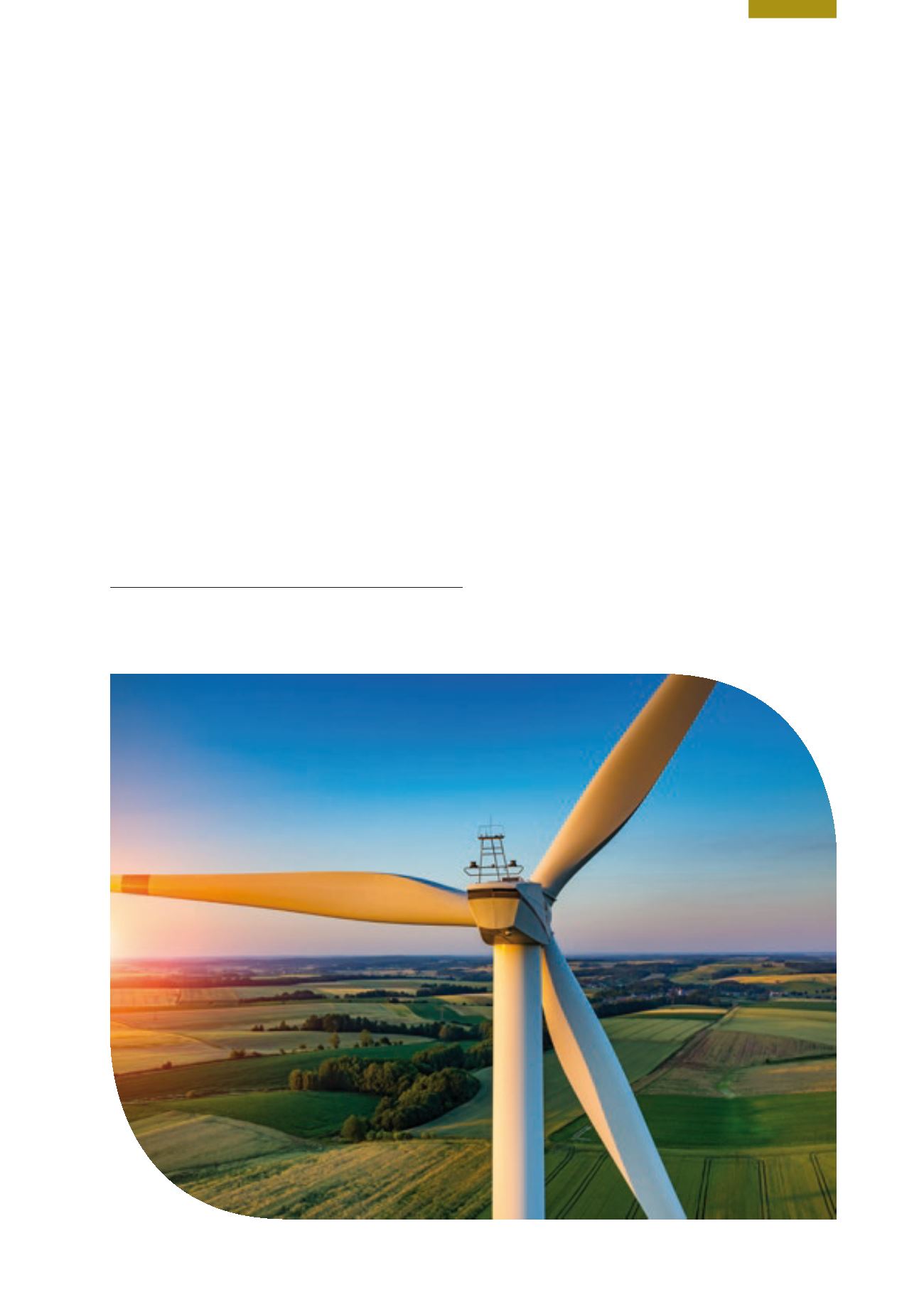

175
Chapter 11: Environment and Energy
Environment and Energy
Introduction
Major transitions are needed in
Ireland’s energy systems.
Ireland’s energy systems will face a major transformation
in the coming decades. The key driver for this is
international action to address and limit climate change.
This transformation is supported by a range of policies at
national and European levels,
1
including the White Paper
on Energy (DCCAE, 2015), the National Policy Statement
on climate change (DHPCLG, 2014)
2
and targets agreed
under the EU’s 2020 Climate and Energy Package and
2030 Climate and Energy Framework. These effectively
envisage decarbonisation of national and European energy
systems by 2050. They provide the longer-term vision
1
www.unfccc.int/resource/docs/2015/cop21/eng/l09r01.pdf2
www.housing.gov.ie/environment/climate-change/policy/national- climate-policyof transformation and the shorter-term steps needed
to achieve the vision. Large-scale public and private
investments in energy infrastructures, efficiency and
management systems will be needed.
An essential element of this required transition is the
decarbonisation of Ireland’s electricity generation
system. This can be achieved with currently available
technologies. However, significant and specific challenges
exist for the buildings and transport sectors. Energy
efficiency and innovation are essential in these areas,
which are highly fossil fuel-based. Innovations include
information provision and education, as well as new
technologies. The transition to a fossil energy‑free Ireland
can provide short-, medium- and long-term benefits,
including enhanced energy security and reduced costs,
as well as significant co-benefits for human health,
the environment and socio-economic development.
However, considerable barriers to this transition exist and
addressing these will be essential.


















